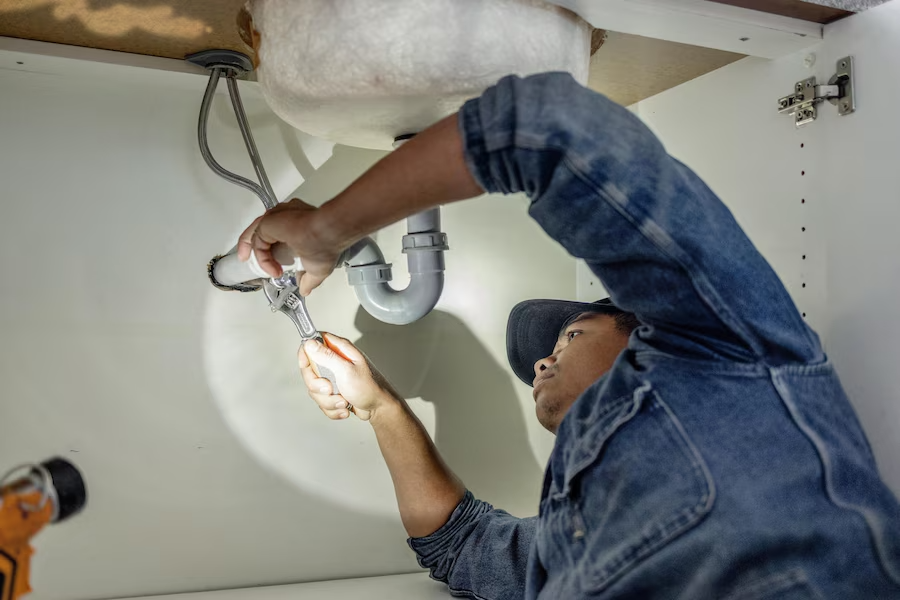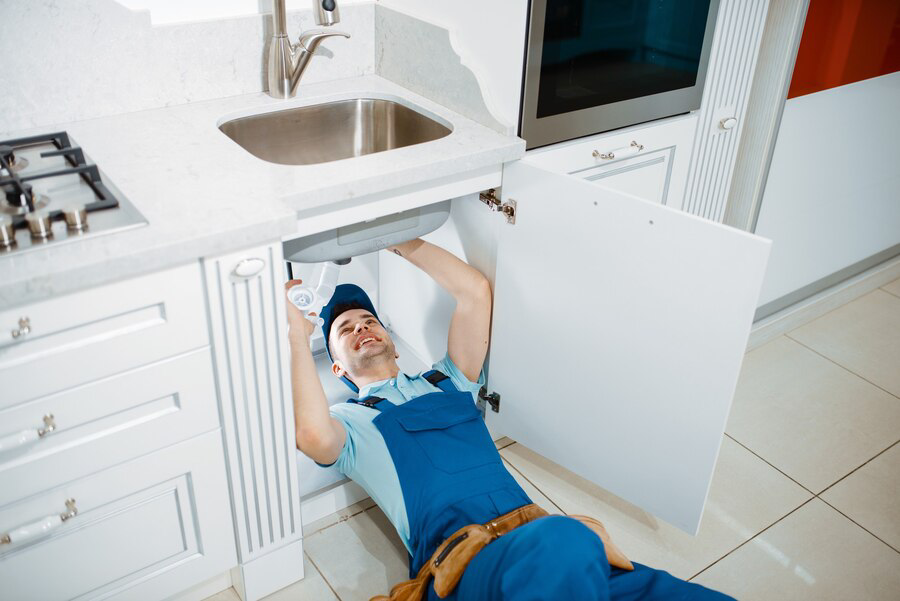Maintaining the plumbing in your fridge might not be the first thing on your mind when it comes to household chores, but it’s a crucial aspect of keeping your appliance running smoothly and efficiently. A well-maintained fridge not only preserves your food but also ensures that your kitchen remains free from leaks and potential water damage. In this guide, we’ll explore some essential fridge plumbing maintenance strategies that every homeowner should know to prolong the lifespan of their fridge and prevent costly repairs down the line. From inspecting and cleaning the water filter to checking for leaks and ensuring proper water flow, these maintenance tasks are relatively simple but can make a significant difference in the performance and longevity of your refrigerator. By incorporating these strategies into your routine household maintenance, you can enjoy a well-functioning fridge that keeps your food fresh and your kitchen dry.
Preventing Leaks: A Guide to Fridge Plumbing Maintenance
A leaking refrigerator can be more than just a nuisance; it can lead to water damage, mold growth, and food spoilage. Fortunately, with proper maintenance, you can prevent leaks and keep your fridge running smoothly. In this comprehensive guide, we’ll explore the essential steps you need to take to maintain the plumbing in your refrigerator and avoid costly repairs.

Understanding the Anatomy of Your Fridge
Plumbing System To effectively maintain your refrigerator’s plumbing, it’s essential to understand its components. The plumbing system typically consists of water supply lines, a water filter, an ice maker, and a drainage system. Familiarize yourself with these parts to identify potential issues more easily.
Regularly Inspecting for Signs of Wear and Tear
Regular inspections are key to preventing leaks in your refrigerator. Check water supply lines, connections, and seals for signs of wear, corrosion, or damage. Look out for dripping water, moisture buildup, or puddles around the fridge, as these can indicate a leak.
Cleaning and Replacing Water Filters
A clogged or dirty water filter can impede water flow and lead to leaks. Follow the manufacturer’s recommendations for cleaning or replacing the water filter regularly. This simple maintenance task can help prevent blockages and ensure the quality of your water and ice.
Clearing Condensation and Ice Buildup
Condensation and ice buildup inside your refrigerator can result in leaks if left unaddressed. Regularly defrost your fridge and freezer to prevent excessive moisture accumulation. Additionally, ensure that the drainage system is clear of debris to allow proper water flow.
Maintaining Proper Temperature and Humidity
Levels Fluctuations in temperature and humidity can exacerbate plumbing issues in your refrigerator. Keep your fridge at the recommended temperature (usually between 37-40°F or 3-4°C) and humidity levels to minimize the risk of leaks and mold growth.
Maximizing Efficiency: Fridge Plumbing Maintenance Best Practices
Efficiency is key when it comes to your refrigerator’s plumbing system. By implementing the right maintenance practices, you can ensure that your fridge operates at peak performance, saving energy and reducing waste. In this guide, we’ll explore the best practices for maintaining your fridge’s plumbing to maximize efficiency and extend its lifespan.
Regularly Clean and Inspect Water Dispenser Components
The water dispenser is a common feature in many refrigerators, providing convenient access to chilled water. To maintain its efficiency, regularly clean and inspect the dispenser nozzle, drip tray, and surrounding area for any buildup of mineral deposits or mold. Clean with a mixture of vinegar and water, and replace any worn or damaged parts as needed.
Keep the Condenser Coils Clean
Dirty condenser coils can hinder the efficiency of your refrigerator, causing it to work harder and consume more energy. Periodically vacuum or brush off dust and debris from the coils located either at the back or beneath the fridge. This simple maintenance task can improve airflow and keep your fridge running efficiently.

Inspect and Replace Water Filters
Water filters play a crucial role in maintaining the quality of your drinking water and ice. Over time, filters can become clogged with sediment and contaminants, reducing water flow and quality. Check the manufacturer’s recommendations for filter replacement intervals, and replace them accordingly to ensure optimal performance.
Check for Leaks in Water Supply
Leaks in water supply lines can waste water and cause damage to your home. Regularly inspect water supply lines for signs of leaks, such as dripping or puddling water. Tighten connections if necessary, and replace any damaged or worn-out lines promptly to prevent costly water damage.
Monitor and Adjust Temperature Settings
Optimal temperature settings not only keep your food fresh but also contribute to energy efficiency. Use a refrigerator thermometer to monitor the internal temperature and adjust settings as needed to maintain temperatures between 37-40°F (3-4°C) for the fridge and 0°F (-18°C) for the freezer. Avoid overfilling the fridge, as overcrowding can obstruct airflow and reduce efficiency.
DIY Refrigerator Plumbing Maintenance
- Tips and Tricks: Keeping your refrigerator’s plumbing system in top condition doesn’t have to be complicated or costly. With a few DIY maintenance tips and tricks, you can ensure your fridge operates efficiently and avoids common plumbing issues. Here’s how:
- Clean and Inspect Water Filters: Regularly clean or replace water filters to maintain water quality and prevent clogs.
- Clear Condensation and Ice Buildup: Defrost your fridge and clear drainage systems to prevent leaks and mold growth.
- Check for Leaks: Inspect water supply lines and connections for leaks, tightening as necessary to prevent water damage.
- Monitor Temperature Settings: Keep your fridge and freezer at recommended temperatures to preserve food and reduce energy consumption.
Conclusion
Maintaining your fridge’s plumbing is essential for its longevity and optimal performance. By implementing the strategies outlined in this blog, such as regularly checking for leaks, cleaning coils, and ensuring proper ventilation, you can prevent costly repairs and extend the lifespan of your appliance. Additionally, being proactive about maintenance can also contribute to energy efficiency, saving you money on utility bills in the long run.
If you have any questions or need assistance with your fridge plumbing maintenance, don’t hesitate to contact us at EZI Plumbing. Our team of experts in Chain Valley Bay is dedicated to providing efficient and reliable plumbing services. You can reach us at +61 448467788. Keep your fridge running smoothly with EZI Plumbing!

